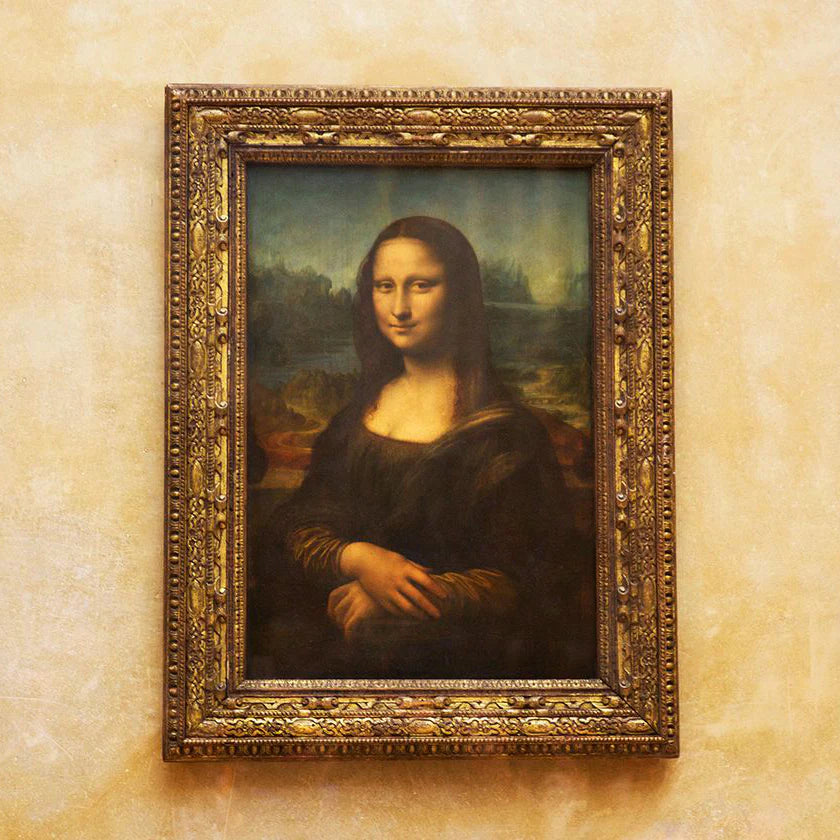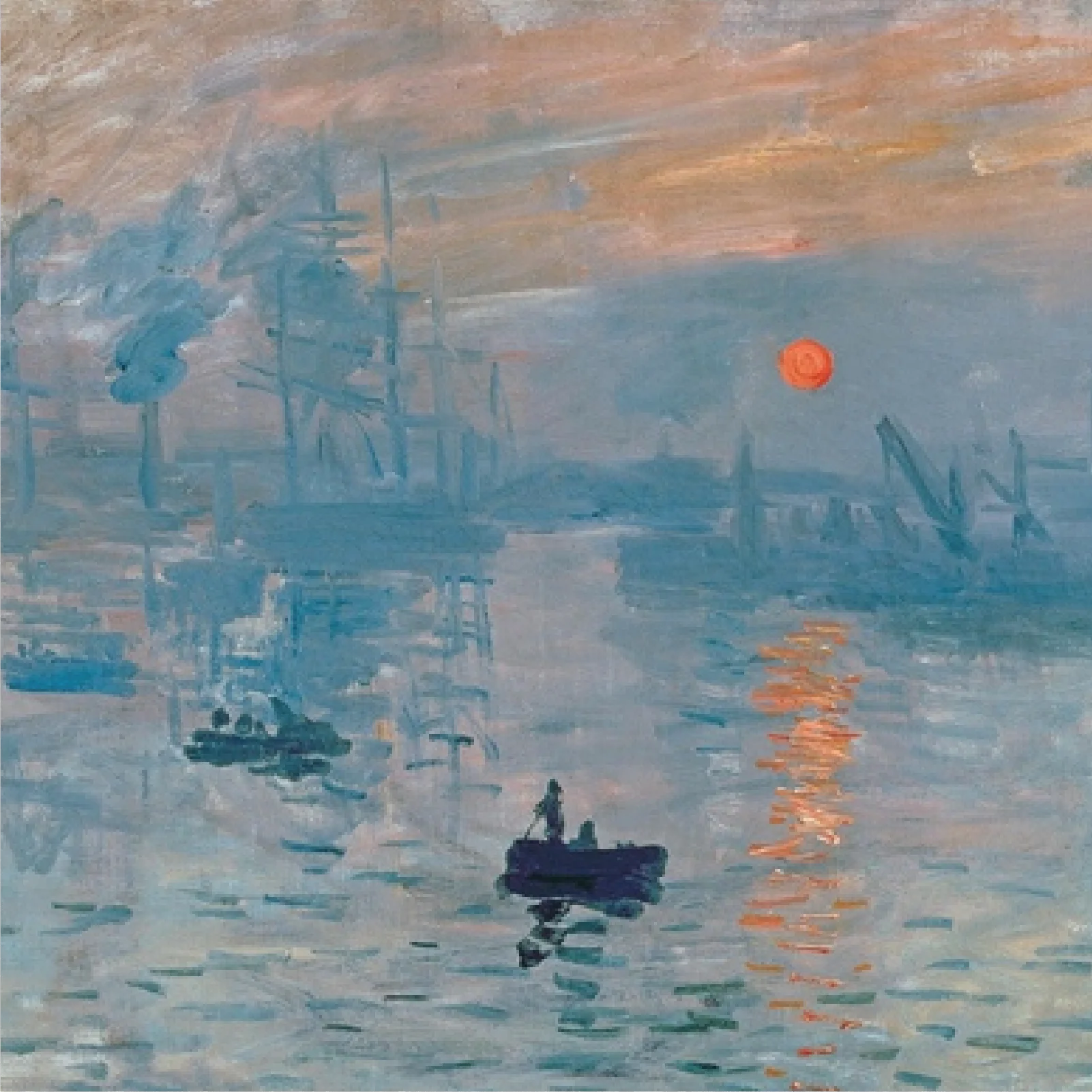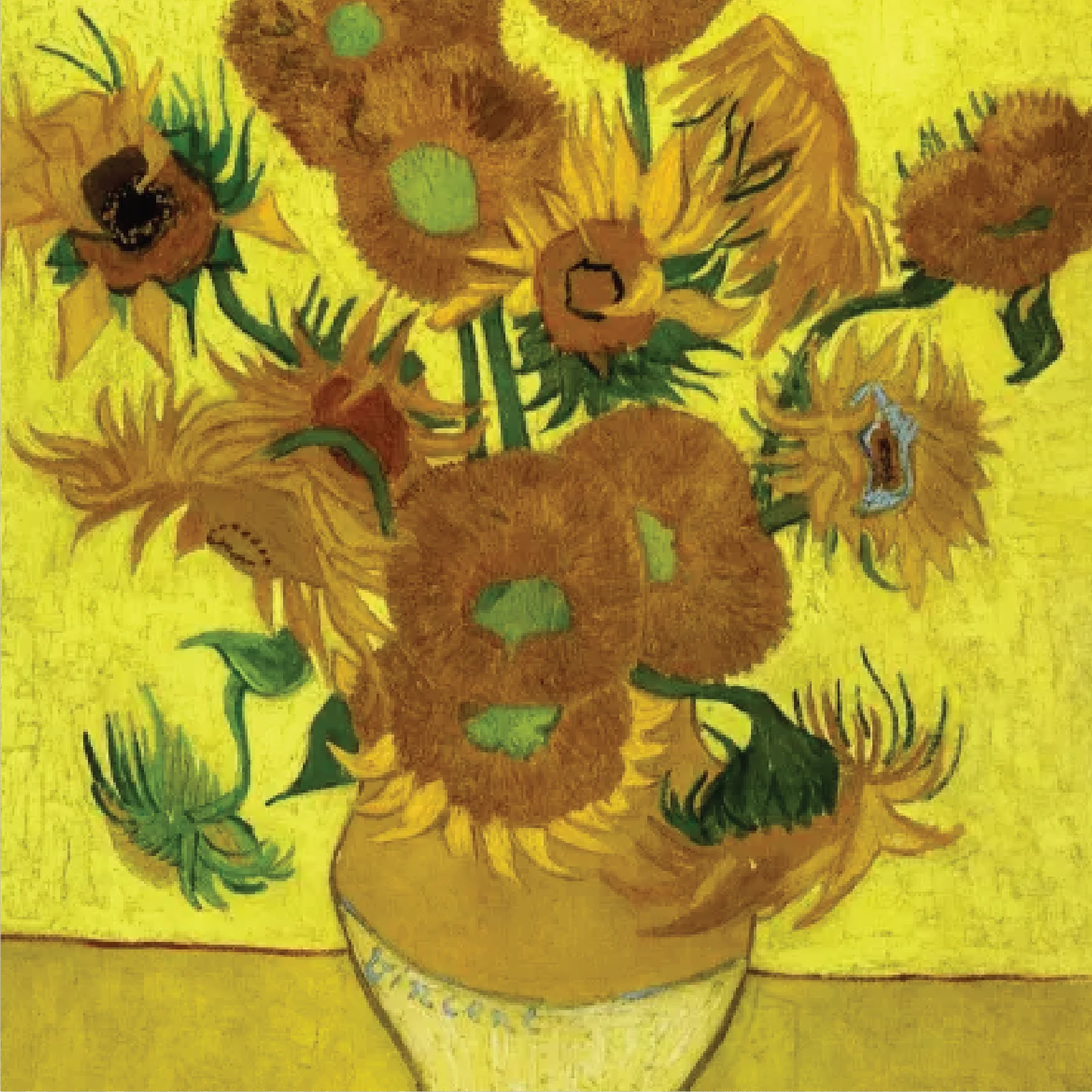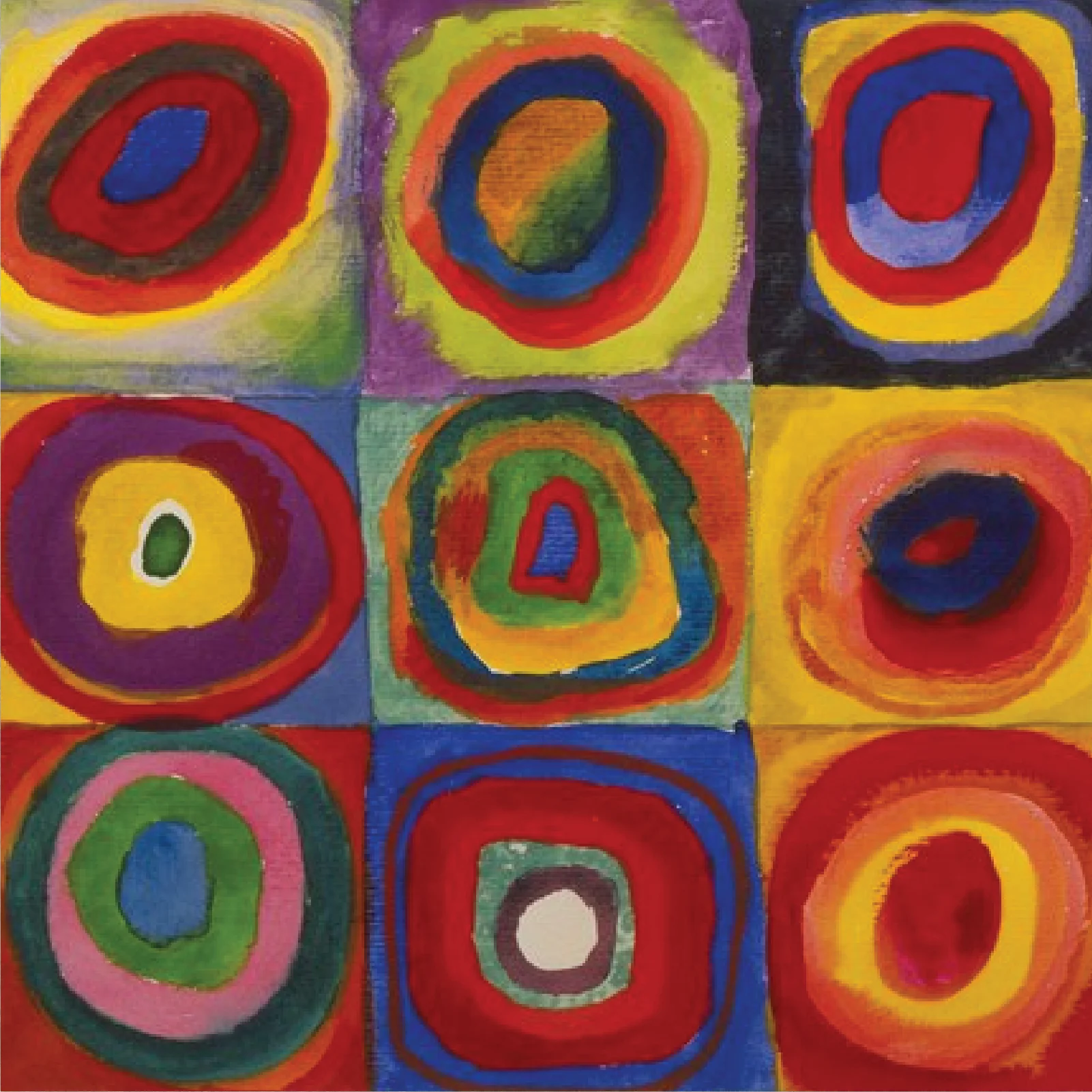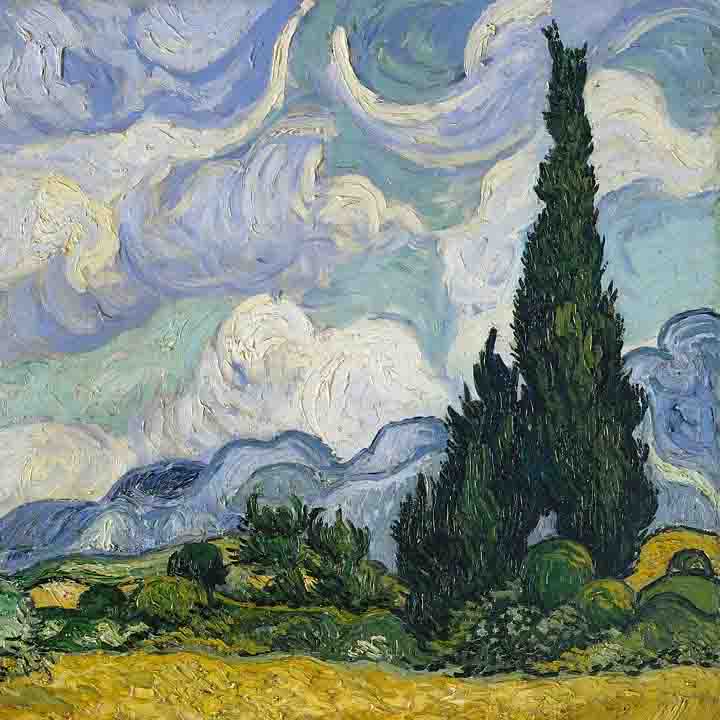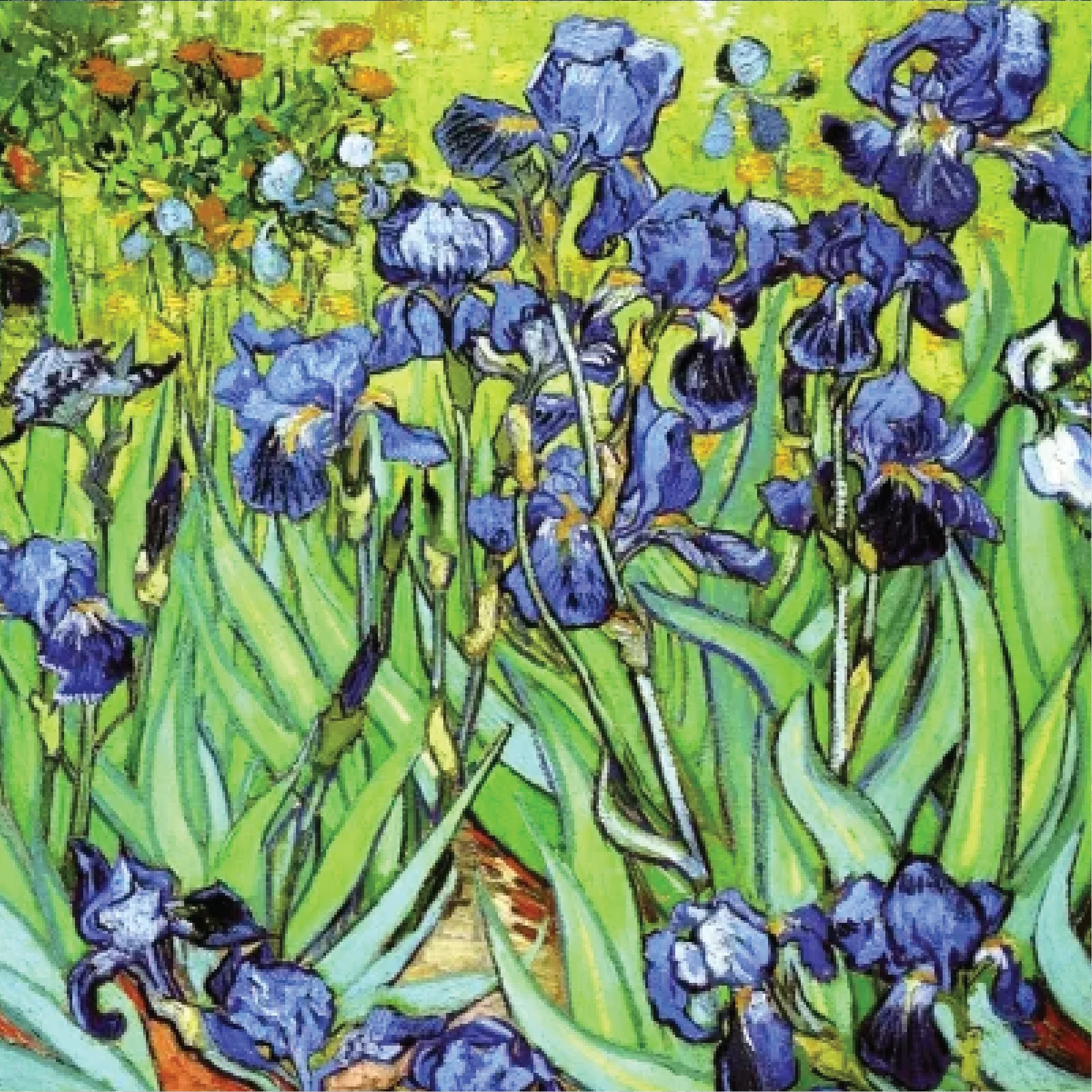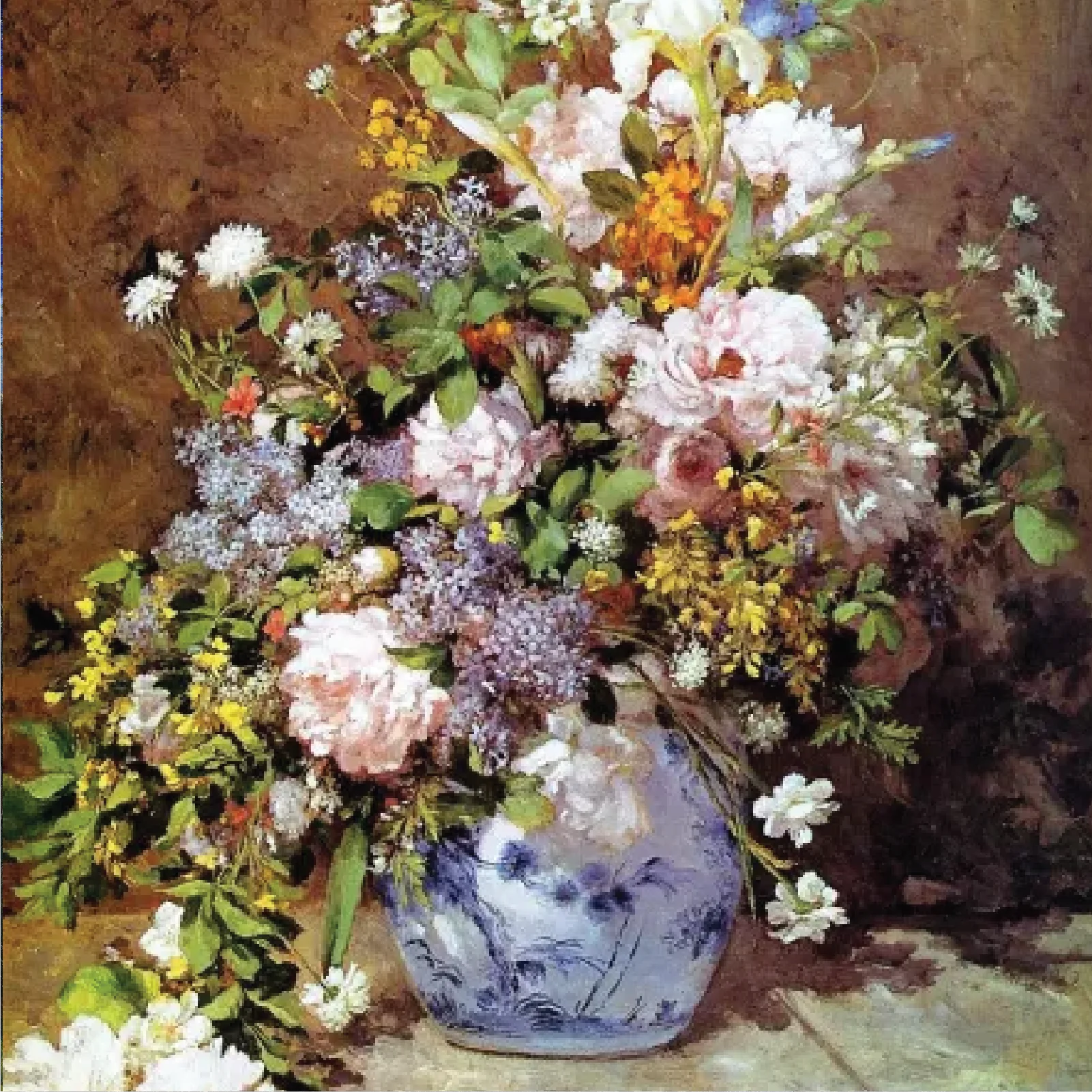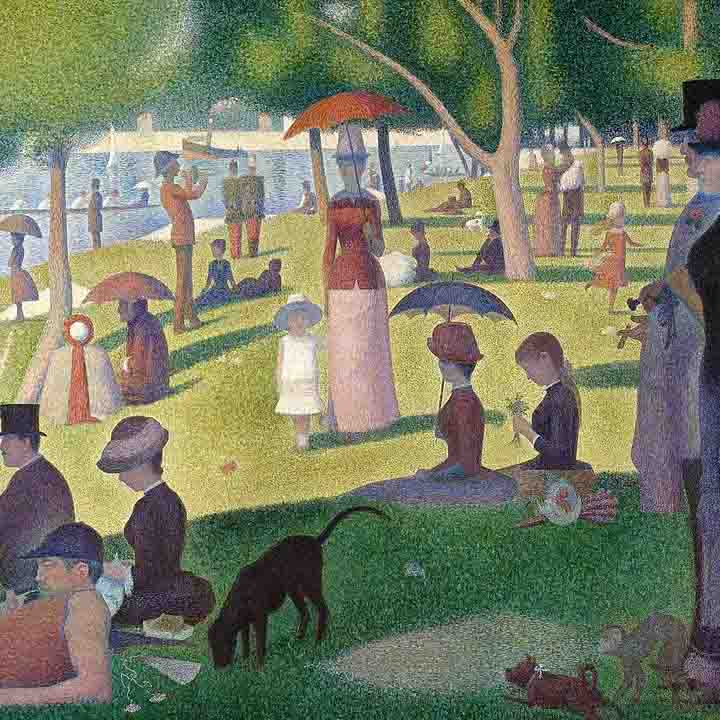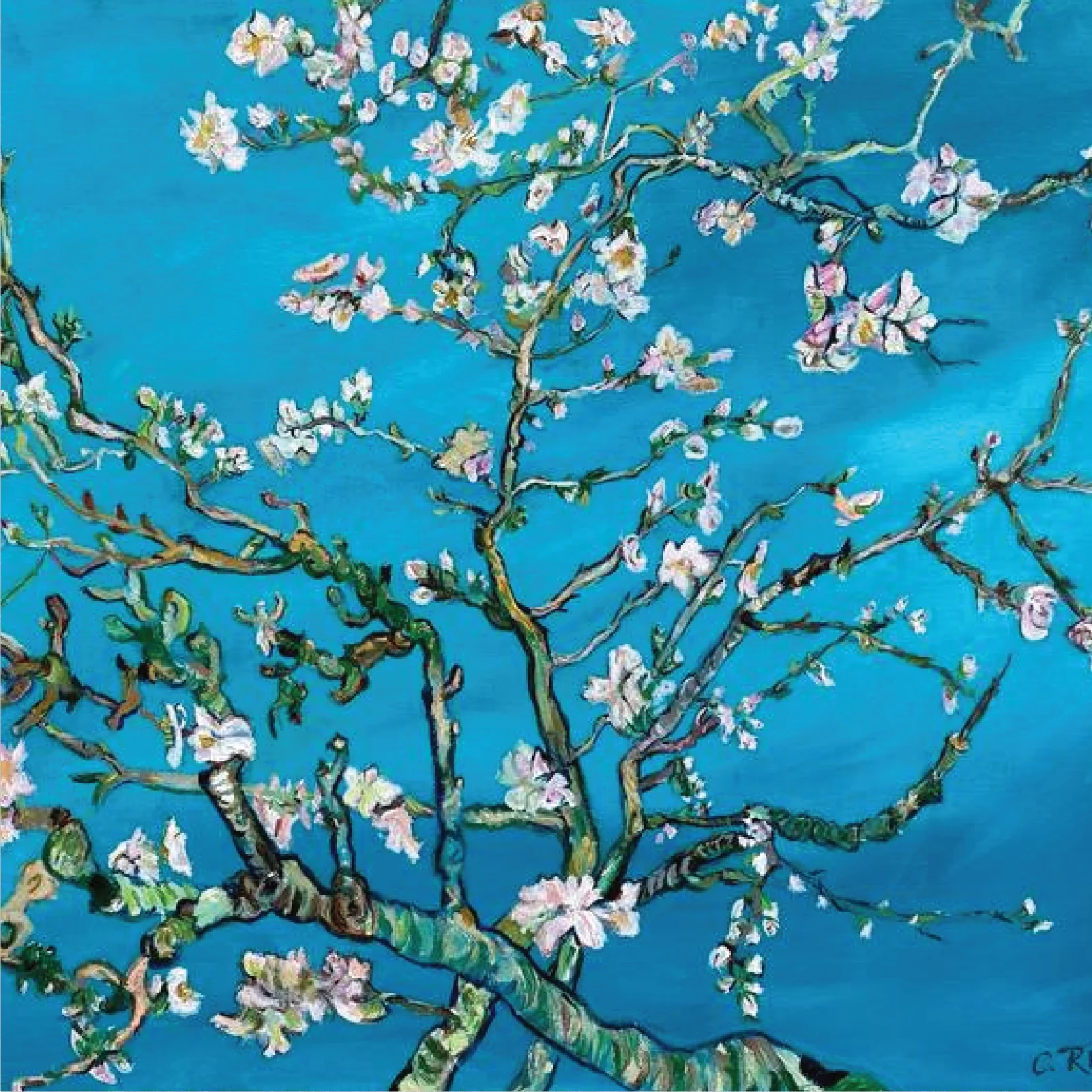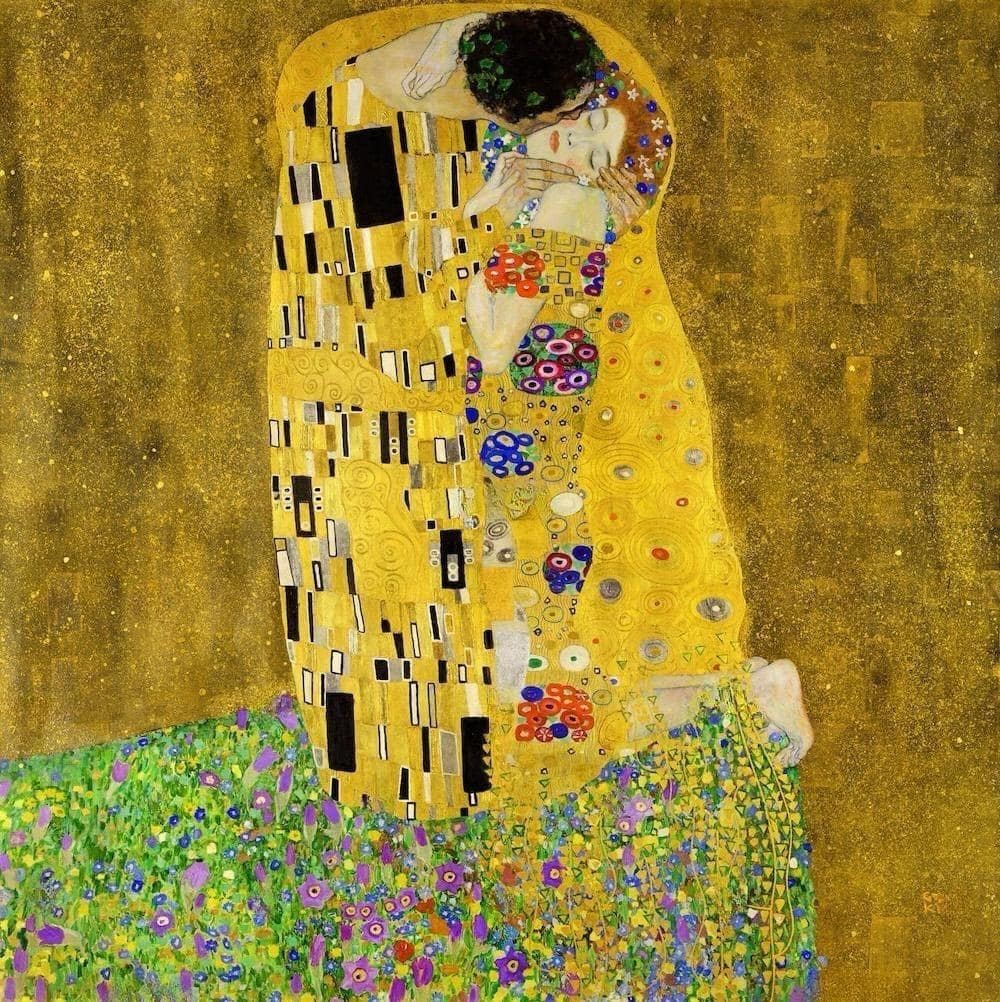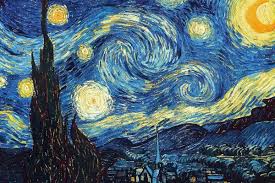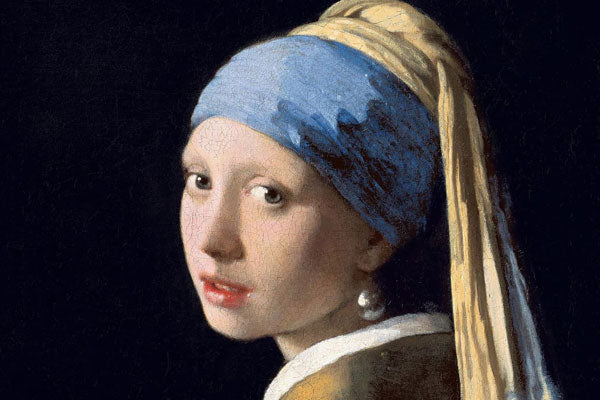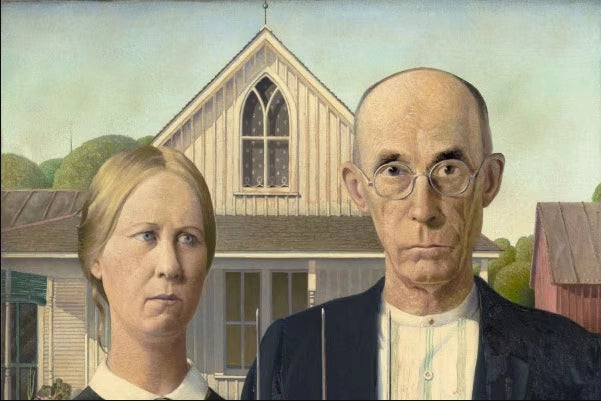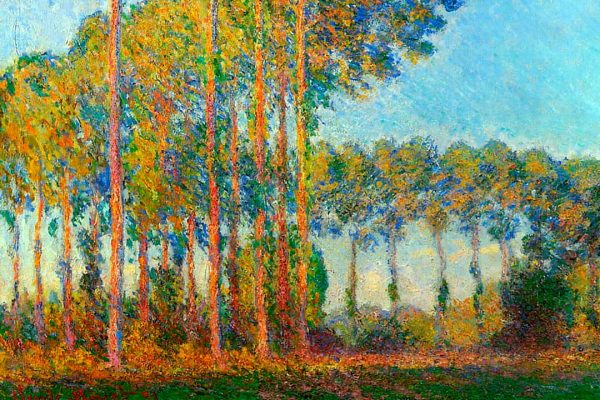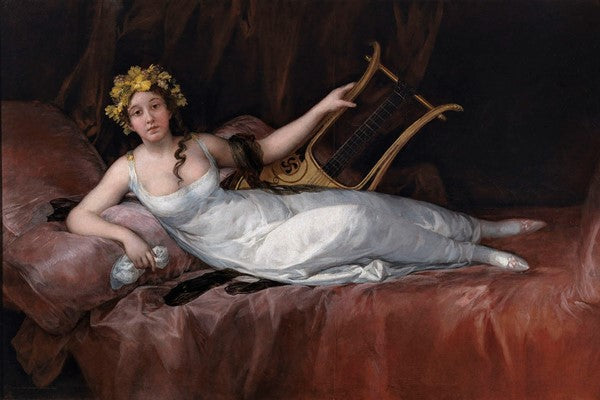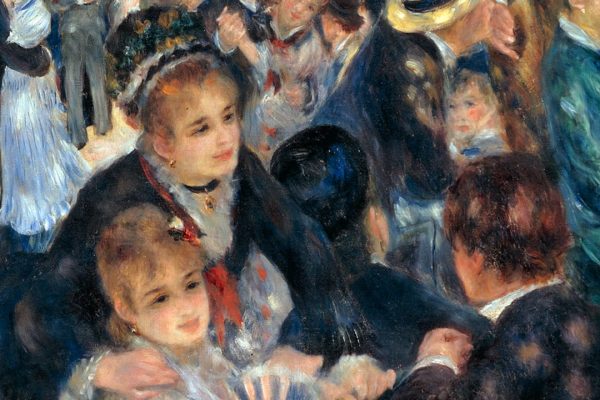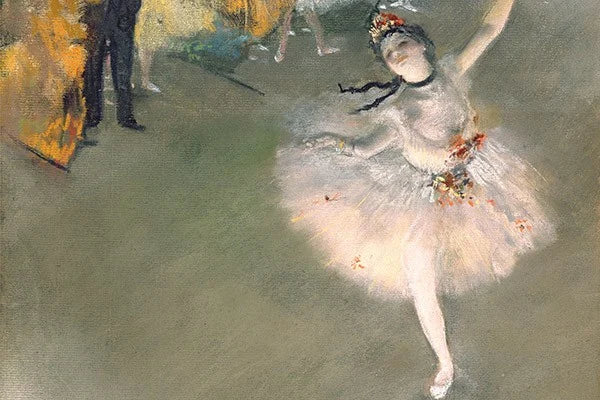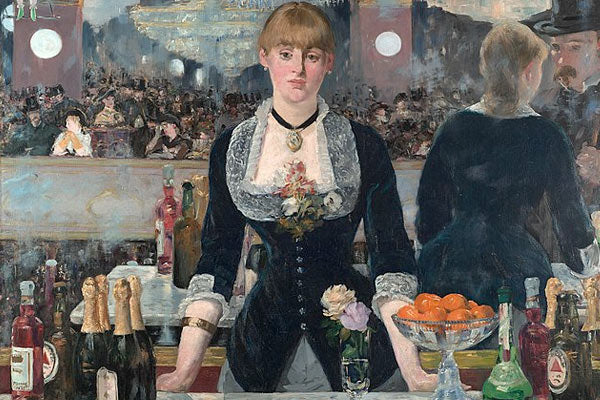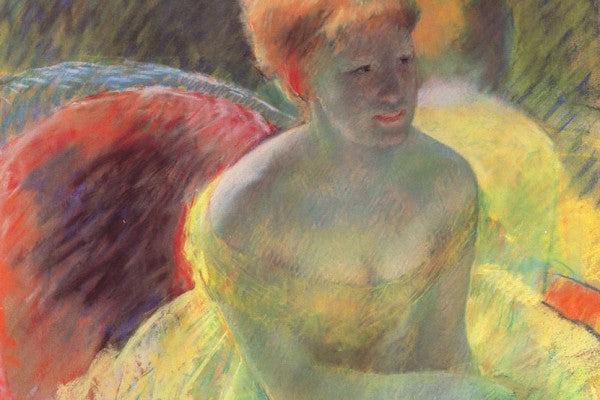Cigarette smoke may harm your oil painting. It leaves stains and a scent that hurts its beauty. Imagine your cherished artwork. It was once vibrant and full of life. Now it's marred by ugly discoloration and the telltale signs of smoke damage.
This issue no longer only affects the classy appeal. It also hits the value and durability of your artwork. But worry no more; there is a way to restore your paintings to their former glory.
In this guide, we will show you how to clean an oil painting. Cigarette smoke has stained it. We'll use simple but powerful techniques. They will breathe new life into your treasured artwork.
The Impact of Cigarette Smoke on Oil Paintings
Cigarette smoke can cause serious harm to oil paintings. The smoke has tiny particles and chemicals. They settle on the painting's surface and create a layer of grime. Over time, this grime can cause discoloration and make the painting look dull and dirty. The smoke can also leave a strong, unpleasant odor that is difficult to remove.
When cigarette smoke settles on a painting, it can cause yellowing. This is because the nicotine and tar in the smoke stain the paint. Even if the painting is behind glass, the smoke can still seep in and cause damage. The longer the painting is exposed to smoke, the worse the damage will be.
Also, cigarette smoke can affect the texture of the painting. The chemicals in the smoke can react with the paint and varnish, making the surface sticky or brittle. This can lead to cracking or peeling, which can be very difficult to repair.
Statistics show that indoor air pollution can harm artworks. This pollution includes cigarette smoke. For instance, a study by the National Gallery of Art found that smoke and other pollutants can shorten the life of a painting by up to 30%.
Step-by-Step Guide on How to Clean an Oil Painting from Cigarette Smoke

You may clean a cigarette smoke-damaged oil painting. Execute with precision and skill. Follow these steps to repair your artwork to its splendor.
1. Initial Dusting
Start by using a gentle brush to softly get rid of any surface dirt. This step facilitates removing loose dust and grime that is probably on the portrait. Make sure to apply a brush that is easy and smooth to avoid scratching the floor.
2. Testing Cleaning Solutions
Before using any cleaning technique on the whole painting, test it on a small, hidden area. This will ensure that the solution does not harm the paint or affect its color. Let it dry absolutely before proceeding.
3. Cleaning Methods
There are several techniques you could use to smooth out your oil painting.
- DIY Cleaning Solution: You could make an easy cleaning solution at home. Mix a small quantity of distilled water with a few drops of mild dish-cleaning soap. Dip a cotton swab into the solution and gently dab it on the painting. Avoid rubbing too hard, or you may damage the paint.
- Commercial Products: There are products available specifically for cleansing oil artwork. Follow the instructions at the product carefully. These products are designed to remove grime and smoke stains. They do so without harming the painting.
- Professional Cleaning: Professional cleaning of smoke-damaged oil paintings, seeking help from art conservators. They have the proper tools and knowledge. Get their help if you're unsure about cleaning the painting yourself or if the damage is severe.
4. Removing cigarette smoke stains from oil paintings.
For stubborn cigarette smoke stains, you might need a more thorough cleaning. Use a cotton swab dipped in the cleaning solution and work in small sections. Gently roll the swab over the stained areas, replacing it with a clean one as it becomes dirty. This method helps to lift the stains without spreading the grime. You can also remove the cigarette smokes by varnishing the oil painting.
5. Drying the Painting
After cleaning, let the paint dry absolutely in a well-ventilated location. Avoid using hair dryers. Also, avoid placing the painting in direct sunlight. This will cause the paint to crack or fade.
6. Preventing Future Smoke Damage
To guard your oil artwork against smoke damage, recall those preventative measures:
- Ensure good airflow is inside the room where the portrait is displayed.
- Air purifiers should be used to protect oil artwork from smoke and other pollutants.
- Keep the artwork far from smoking areas and other sources of pollution.
Maintaining and Caring for Cleaned Oil Paintings

Once you've wiped clean your oil painting, it is vital to keep it safe. This will ensure its sturdiness and splendor. Here are a few tips for normal care and best practices for long-term storage and display.
Regular Maintenance
- Dust Regularly: Use a gentle, dry brush to softly brush away dust from the floor of the portray. Do this frequently to prevent dust buildup.
- Avoid Harsh Chemicals: Never use household cleaners or harsh chemicals on your painting. Stick to mild, non-abrasive techniques.
- Check for Damage: Periodically check your painting for cracks, fading, or peeling. Early detection can prevent further deterioration.
- Control Humidity: Maintain a strong surrounding with slight humidity. Too much moisture can cause the paint to swell and crack. Too little humidity can make it brittle.
- Handle with Care: When moving or cleaning the painting, hold it with gentle palms or wear gloves. This keeps oils and dust from your skin.
Conclusion
Maintaining the beauty of your oil artwork requires consistent care and attention. You can keep your artwork's colors and details for years to come with simple upkeep. It will not only keep your paintings looking fine. It will also protect them from possible damage and wear.
Consider exploring the beautiful options at Art & See. They offer high-quality oil painting reproductions. Visit Art & See to find stunning reproductions. They will enhance any space.
FAQs
1. Can I use household cleaning products to clean my oil painting?
No, household cleaning products can damage oil paintings. Use gentle, non-abrasive methods or specialized art cleaning products.
2. How often should I clean my oil paintings to keep them in good condition?
Dust regularly with a soft brush. Deep cleaning should be done only when necessary to avoid damaging the customized painting.
3. Where can I buy affordable oil painting reproductions?
You can find affordable and high-quality oil painting reproductions at Art&See.
4. How can I protect my oil paintings from future smoke damage?
Ensure good ventilation, use air purifiers, and keep paintings away from smoking areas. Regular maintenance and proper storage are essential.
